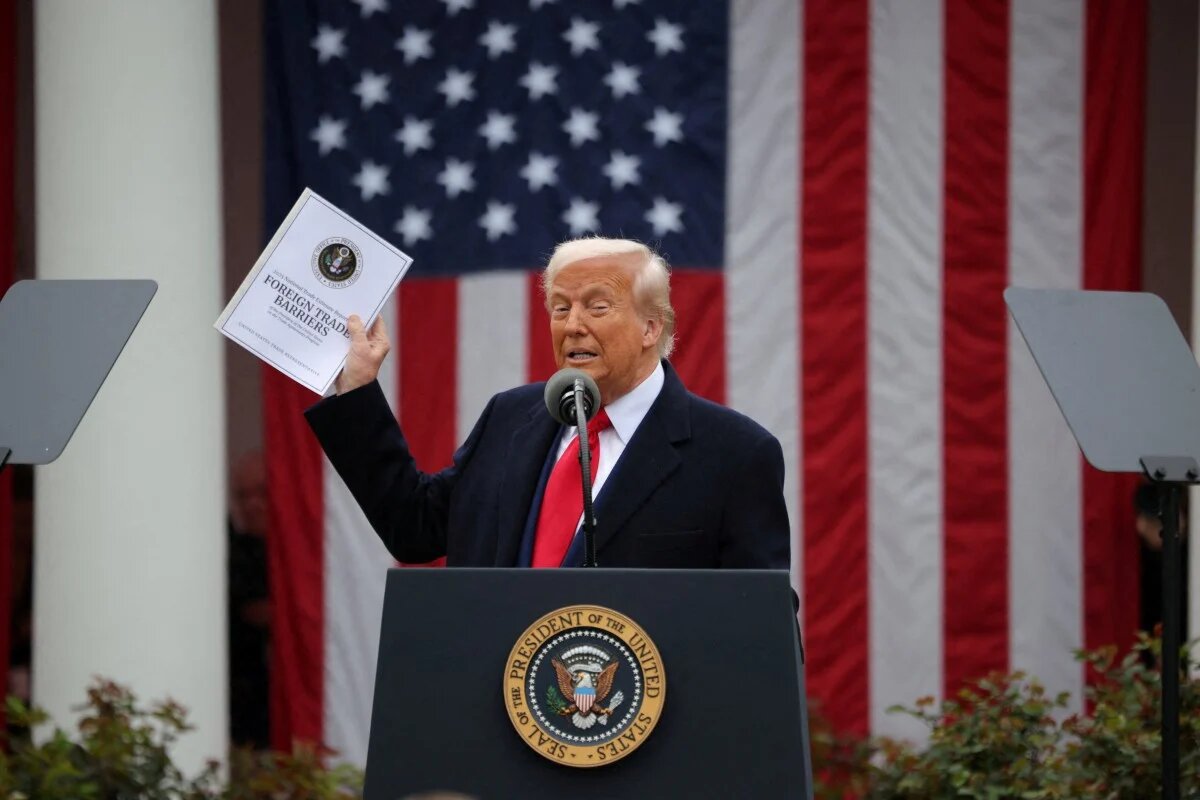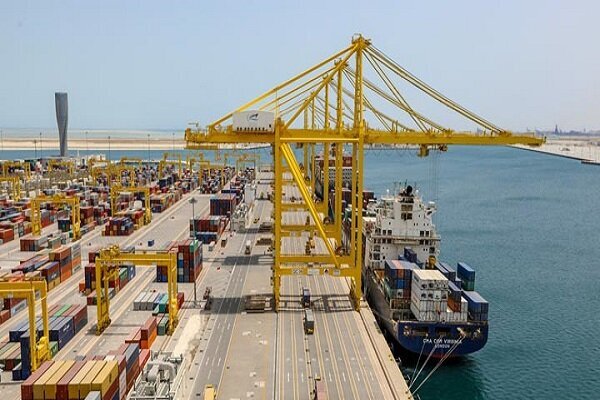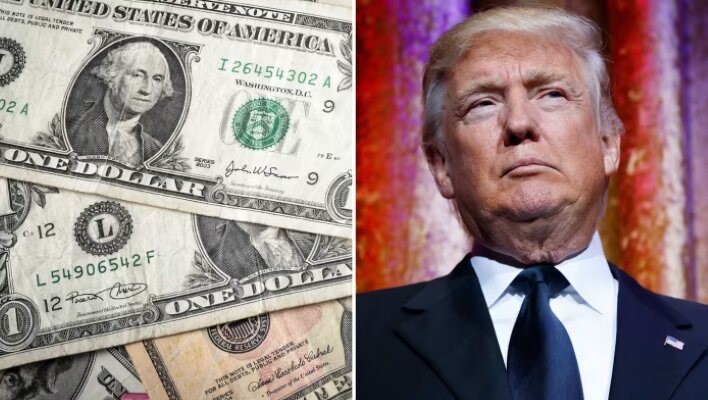Beijing Strikes Back: Imposes 34% Import Tariff in Response to US Trade Tensions
The recent developments in international trade have captured significant attention, particularly regarding the Chinese tariffs that will soon be implemented. As reported by the State Council, China’s cabinet, these tariffs will take effect on April 10, marking a critical response to recent trade actions by the United States.
The backdrop of this decision is the imposition of a hefty 34 percent tariff on Chinese goods by the United States, which was announced on Wednesday. According to the South China Morning Post, this swift retaliation from Beijing indicates a firm stance against Washington rather than an inclination towards negotiation.
In this ongoing trade saga, several key points are worth noting:
- Effective Date: The new Chinese tariffs will be enforced starting April 10.
- US Tariffs: The United States recently imposed a 34 percent tariff on Chinese imports.
- Beijing’s Strategy: The response from China suggests a tough approach rather than seeking diplomatic resolutions.
- US Negotiation Attempts: US President Donald Trump had indicated a willingness to negotiate, proposing a deal contingent on Beijing’s approval for the sale of TikTok.
- Export Controls: China has placed export restrictions on 16 American companies.
- Suspension of Eligibility: Six companies linked to the US have been deemed ineligible for exporting to China.
This sudden escalation of tariffs and trade restrictions is part of a larger pattern of ongoing tensions between the two global superpowers. President Trump had previously shown openness to broker a deal, particularly regarding the popular social media platform TikTok, which has been at the center of scrutiny due to security concerns. However, the current stance from China suggests that they are not interested in negotiating under the current circumstances.
As the situation unfolds, both nations are likely to experience significant economic repercussions. The impact of these tariffs will not only affect manufacturers and exporters but could also ripple down to consumers, potentially leading to increased prices on a variety of goods.
Moreover, the implications of these trade policies extend beyond immediate financial concerns. They reflect a broader strategy by both nations to assert their dominance in the global market. The following factors underline the significance of this trade conflict:
- Global Supply Chains: Tariffs disrupt established supply chains, forcing companies to reconsider their manufacturing and sourcing strategies.
- Market Volatility: Increased tariffs often lead to fluctuations in stock markets as investors react to the uncertainty of trade relations.
- Future Negotiations: The current stalemate may hinder future negotiations, complicating the potential for a trade resolution.
- International Relations: Ongoing trade disputes can strain diplomatic relations, affecting global cooperation on various issues.
In conclusion, the upcoming implementation of Chinese tariffs marks a pivotal moment in the ongoing trade conflict between the United States and China. Both nations seem poised for a prolonged struggle, with significant implications for their economies and the global market at large. As these events unfold, stakeholders across various industries must remain vigilant and adaptable to navigate the changing landscape of international trade.
In light of these developments, observers will be closely monitoring how both countries respond in the coming weeks. The potential for further escalation exists, and businesses must prepare for the possible ramifications of these tariffs. The situation remains fluid, and the international community will undoubtedly be affected by the outcomes of these trade tensions.
Stay tuned for more updates as this story evolves, and consider the broader implications of these actions on global trade dynamics.






